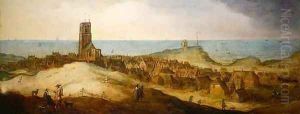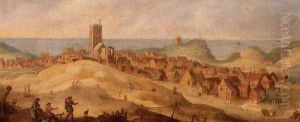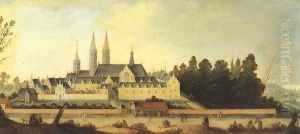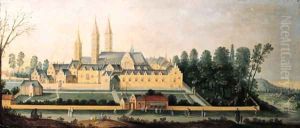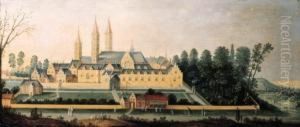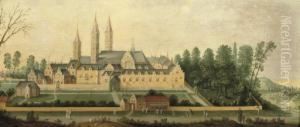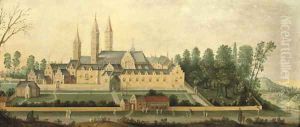Claes Jacobsz. van der Heck Paintings
Claes Jacobsz. van der Heck was a significant Dutch painter who lived during the late 16th and early 17th centuries. Born in 1578 in Alkmaar, Netherlands, he was part of the vibrant Dutch Golden Age of painting, a period that is renowned for its incredible wealth of artistic talent and innovation. His works contribute to the rich tapestry of Dutch art history, embodying the era's fascination with detailed realism, intricate landscapes, and moralistic themes.
Van der Heck's career was largely centered in his hometown of Alkmaar, where he became a prominent member of the local artists' guild. This was a common practice among artists of the time, as guilds provided a network of support, education, and opportunities to collaborate on projects. His artistic output includes religious and mythological scenes, portraits, and landscapes, reflecting the wide range of subjects popular among Dutch artists of his period. However, specific details about his commissions, patrons, and most acclaimed works are less documented than those of his more famous contemporaries, such as Rembrandt or Vermeer.
Despite the scarcity of records detailing his life and works, Claes Jacobsz. van der Heck's contribution to Dutch art is undeniable. His style was characterized by precision and attention to detail, qualities highly prized in the Dutch Golden Age. After his death in 1652, his works continued to be appreciated by art connoisseurs and collectors, although he did not achieve the same level of enduring fame as some of his peers. Today, scholars and art historians continue to study his paintings to gain deeper insights into the cultural and artistic milieu of 17th-century Netherlands.
